In today’s competitive digital landscape, every business wants to attract more visitors to its website. While paid ads can offer quick results, sustainable growth comes from organic traffic — and that’s where on-page SEO plays a crucial role. On-page SEO involves optimizing various elements of your website to make it more visible, user-friendly, and search engine-friendly. From strategic content placement to technical improvements in web design and web development, these optimizations help search engines better understand your website and rank it higher in search results.
In this blog, we’ll explore how on-page SEO can help you increase website traffic and why aligning it with strong web design and web development practices is essential for success.
1. Optimize Title Tags and Meta Descriptions
Your title tag is often the first thing people see when your site appears on search results. It should clearly describe what the page is about and include your target keyword. Similarly, meta descriptions give users a brief preview of your content, encouraging them to click through.
For example, if you’re offering web design and web development services, your title tag could be:
“Professional Web Design and Web Development Services | Grow Your Online Presence.”
Keep title tags under 60 characters and meta descriptions under 160 characters. Both should be unique for every page and aligned with user intent.
2. Focus on High-Quality, Keyword-Optimized Content
Search engines reward websites that offer valuable, relevant, and original content. When creating content, make sure it answers user queries effectively. Use your primary keyword (like web design or web development) naturally within the content — including the first paragraph, subheadings, and conclusion.
Avoid keyword stuffing; instead, focus on semantic keywords and related terms. For example, if you’re writing about web design, include related phrases like UX/UI design, responsive websites, and front-end development. High-quality content not only improves SEO but also keeps visitors engaged longer, reducing bounce rates and increasing conversions.
3. Improve URL Structure
A clean, descriptive URL structure helps both users and search engines understand what a page is about. Use short, keyword-rich URLs that clearly define the topic of your page.
For example:
❌ www.yoursite.com/page?id=123
✅ www.yoursite.com/web-design-services
If your business offers both web design and web development, organize your website with logical URL hierarchies for each service, such as:
This structure makes it easier for users to navigate and for search engines to index your site.
4. Optimize Images and Multimedia
Images make your web pages visually appealing and can enhance user engagement, but they also affect your site’s performance. Large image files can slow down loading times — a factor that directly impacts SEO rankings.
Compress images without compromising quality using tools like TinyPNG or ImageOptim. Always add alt text describing the image content using relevant keywords. For instance, instead of “image1.jpg,” use “responsive-web-design-layout.jpg.”
If your website involves web development showcases or portfolio images, this step becomes even more important. Optimized images help your content appear in Google Image Search, bringing additional organic traffic.
5. Enhance Site Speed and Mobile Responsiveness
A fast-loading, mobile-friendly website is no longer optional — it’s a ranking necessity. Google’s Core Web Vitals measure how quickly your site loads, how soon users can interact with it, and how stable the visual layout is.
This is where web development expertise comes into play. Developers can implement techniques like:
Minifying CSS, JavaScript, and HTML files
Leveraging browser caching
Using a Content Delivery Network (CDN)
Optimizing server response time
Additionally, ensure your web design is fully responsive, adjusting seamlessly to different screen sizes. Mobile-friendly design improves user experience and lowers bounce rates — both key signals for search engines.
6. Use Internal Linking Strategically
Internal links guide users to related pages within your website and help search engines understand your site’s structure. For instance, within a blog post about web design, link to your web development service page, and vice versa.
Internal linking:
Distributes link equity (SEO value) across your site
Keeps visitors engaged longer
Improves crawling and indexing by search engines
Aim to use descriptive anchor texts, such as “learn more about our web development process” instead of generic ones like “click here.”
7. Optimize Header Tags and Content Structure
Proper use of header tags (H1, H2, H3) helps organize your content for both readers and search engines. Your H1 tag should include the main keyword and clearly define the topic. Subheadings (H2 and H3) should structure the content logically, improving readability.
For instance:
H1: How to Increase Website Traffic with On-Page SEO
H2: Optimize Title Tags and Meta Descriptions
H2: Improve Site Speed and Mobile Responsiveness
Well-structured content improves the user experience, a crucial factor in SEO performance.
8. Ensure Technical SEO Alignment
Technical SEO forms the backbone of on-page optimization. Proper web development ensures your site is crawlable, indexable, and secure. Some technical on-page elements to focus on include:
XML Sitemap creation and submission
HTTPS implementation (SSL certificate)
Structured data markup for rich results
Canonical tags to prevent duplicate content
Your development team should also fix broken links, optimize your robots.txt file, and ensure that every page can be accessed by search engine bots.
9. Improve User Engagement with Great Design
A beautiful web design does more than please the eye — it supports SEO by enhancing user experience. A clean layout, clear navigation, and engaging visuals encourage visitors to stay longer, browse more pages, and return again.
Interactive design elements like animations, intuitive buttons, and well-organized content sections make your website more engaging. Combine this with clear calls-to-action (CTAs) like “Get a Quote” or “Schedule a Consultation” to convert traffic into leads.
Final Thoughts
How to Increase Website Traffic with On-Page SEO is not just about optimizing pages for search engines — it’s about creating a seamless experience that blends web design, web development, and content strategy. Every detail, from keyword usage and meta descriptions to fast-loading pages and structured layouts, plays a vital role in improving visibility and engagement.
To truly master How to Increase Website Traffic with On-Page SEO, focus on delivering value to users while maintaining technical excellence. A well-optimized, responsive website builds trust, enhances user satisfaction, and keeps visitors coming back.
By consistently applying the principles of How to Increase Website Traffic with On-Page SEO and aligning them with innovative design and development practices, you can turn your website into a powerful growth engine that attracts, engages, and converts.




